How to Start an Organic Garden: Tips and Strategies for Success
/Whether it's still cold where you live or you're able to garden year-round, it's a great time to think about growing at least some of your own organic food. Aside from the obvious perk of being able to harvest fresh-picked herbs, vegetables, and fruit from your own supply, there are numerous benefits to growing your own food organically. These include providing a nurturing environment for the beneficial insects who will, in turn, help your garden thrive.
Growing food in a garden is not difficult and anyone can succeed with a little knowledge and sustained effort. This article will help you get started.
Understand What Organic Gardening Really Means
It's easier to start with what organic gardening does not mean: it does not mean growing plants without using pesticides. This is a common misconception that many people have. Organic gardeners often DO use pesticides - whether they are small backyard gardeners who are growing a few things for their household, small family farms, or large commercial operations.
The difference between organic and conventional growers is not that one uses pesticides and the other doesn't. It's that organic growers predominantly use organic, minimally-processed pesticides that are made from natural substances like plants and minerals and conventional growers use synthetic pesticides.
However, commercial organic growers in the US are also allowed to use some synthetic pesticides in certain circumstances. For example, if an organic farmer has not been able to control a target pest with organic pesticides and the problem is severe, he or she can use one or more of the synthetic substances -- like copper sulfate, soap-based insecticides, ammonium carbonate, or synthetic insect pheromones -- that have been approved for use by the US Department of Agriculture.
Organic growers also avoid synthetic fertilizers, fungicides, herbicides, and GMOs.
Finally, one big difference between organic and conventional gardeners is that organic gardeners tend to prioritize eco-friendly, regenerative, and sustainable growing practices.
Do these things before starting your organic garden
Some of the first steps you should take when starting an organic garden are the same for gardeners everywhere. The only difference is that your aim is to use climate-friendly practices as much as possible. By so doing you'll contrinbute to the regeneration of the soil in your garden as well as the ecosystems that surround it.
So what should you do to ensure you'll be starting your organic garden off on the right foot?
Find your Growing Zone
Determining your growing zone before you get started will help you understand what plants will thrive in your specific climate and when to plant them. The United States Department of Agriculture (USDA) has created a Plant Hardiness Zone Map that divides the country into different zones based on average winter temperatures.
It's important to understand, however, that growing zones are only one part of figuring out what to plant when. If you are planting from seeds or trying to decide when to transfer your indoor or greenhouse-grown seedlings to the outdoors, you'll also need to know your last frost date. Last frost date is the last date in the spring when you can expect to see a final frost in your location.
There are two related things to keep in mind when considering the last frost date in your area. First, many seed packets contain instructions on when to plant according to the last frost date for best results. Second, be sure to transfer your tender seedlings ourdoors well after the last frost date has passed. Putting them out too early may result in losing them when an unexpected cold snap occurs.
Choose the Right Location
Believe it or not, a common mistake many gardeners make is not taking time to choose an ideal location for the type of plants they want to grow. Here are some factors to consider when selecting a spot for your garden:
1. Sunlight: Most fruits and any vegetable that grows from a flower, such as squash or eggplant, require at least 6-8 hours of direct sunlight each day to thrive. Choose a location in your yard that receives ample sunlight throughout the day. Our sunlight tracking chart can help you figure out the movement of the sun through your garden space so that you choose the ideal spot for your sun-loving plants. You can purchase it from our Etsy store or get it for free when you sign up for our free gardening course, The Art of Food Gardening.
2. Water:
Consider the availability of water in the area you choose for your garden. Some plants require more water than others, so it's important to select a location that is easily accessible to a water source. Additionally, be mindful of drainage in the area to prevent waterlogging and root rot. Using a rain barrel to capture rainwater will also help conserve resources and save you money on water usage (check to see if it's legal in your area to do so).
3. Soil Quality:
If you're planting your garden in the ground (and not in pots), take time to evaluate the quality of the soil in your chosen location. A simple store-bought soil test can help you determine the quality of your soil as well as any nutrients it may be lacking. For the most accurate results, you can send soil samples to your local agricultural extension. The cost ranges from $20 or so to a few hundred dollars in the US.
Invest in Your Soil
One of the most important factors in creating a successful organic garden is investing in your soil. Healthy soil is the foundation for healthy plants, so taking the time to improve and maintain your soil will pay off in the long run. Here are some tips for building up your soil health:
1. Compost: Adding compost to your soil is one of the best ways to improve its fertility and structure. Compost is rich in nutrients and beneficial microorganisms that help to break down organic matter and create a healthy environment for plant roots. You can make your own compost using kitchen scraps, yard waste, and other organic materials, or purchase compost from a local supplier.
2. Mulch: Mulching your garden beds helps to retain moisture, suppress weeds, and regulate soil temperature. Organic mulches such as straw, leaves, or wood chips can also add nutrients to the soil as they break down. Be sure to apply a layer of mulch around your plants, leaving space around the stems to prevent rot.
3. Cover Crops: Planting cover crops in between growing seasons can help improve soil health by adding organic matter, suppressing weeds, and preventing erosion. Legumes such as clover or peas can also fix nitrogen in the soil, making it more available to other plants. Consider planting cover crops like winter rye or crimson clover during the fallow season to improve soil structure and fertility.
Know the Difference Between Organic, Open-Pollinated, Heirloom,
Hybrid and GMO Seeds
When it comes to selecting seeds for your organic garden, it's important to understand the differences between organic, open-pollinated, heirloom, hybrid, and genetically modified organism (GMO) seeds.
1. Organic Seeds: Organic seeds are produced without the use of synthetic pesticides or fertilizers. They are typically grown on certified organic farms and have not been genetically modified. When choosing organic seeds for your garden, look for the USDA organic label to ensure they have been produced in accordance with organic standards.
2. Open-Pollinated Seeds: Open-pollinated seeds are seeds that are pollinated by natural means, such as insects or wind. These seeds will produce plants that are true to type, meaning they will closely resemble the parent plant. Saving seeds from open-pollinated plants allows you to maintain genetic diversity and adaptability in your garden over time. Look for varieties labeled as open-pollinated or heirloom for a more sustainable and resilient garden.
3. Heirloom Seeds: Heirloom seeds are open-pollinated varieties that have been passed down through generations of gardeners. These seeds often have unique flavors, colors, and characteristics that make them popular among home gardeners seeking to preserve traditional plant varieties. Heirloom seeds are prized for their history and cultural significance, as well as their taste and appearance.
4. Hybrid Seeds: Hybrid seeds are created by crossing two different parent plants to produce offspring with specific traits, such as disease resistance or improved yields. While hybrid seeds can offer benefits in terms of uniformity and productivity, they do not breed true, meaning the seeds saved from hybrid plants will not produce the same characteristics in future generations. Some gardeners prefer to avoid hybrids in favor of open-pollinated or heirloom varieties for their ability to save and share seeds.
5. GMO Seeds: Genetically modified organism (GMO) seeds have been altered using biotechnology to introduce traits such as pest resistance, herbicide tolerance, or improved shelf life. While GMO seeds are widely used in conventional agriculture, many organic gardeners choose to avoid them due to concerns about the long-term impacts on human health and the environment. Look for non-GMO or GMO-free labels when selecting seeds for your organic garden to ensure they have not been genetically engineered.
How to plan your crops
When planning your crops for your organic garden, take some time to consider the following factors:
What Fruits and Vegetables Do You Like to Eat?
When starting an organic garden, it's important to consider what vegetables you and your family enjoy eating. By growing vegetables that you love, you'll be more motivated to tend to your garden and harvest the fruits of your labor.
Think about the vegetables that you frequently buy at the grocery store or farmers market. It makes no sense to grow things you and your family don't want to eat. Make a list of the vegetables that you frequently buy at the grocery store or farmers' market, like fresh tomatoes or cucumbers for salads or sandwiches. By focusing on growing vegetables that you love, you'll be more motivated to care for your garden and enjoy the bountiful harvest.
Buying plants: should you get seeds or starts?
Another decision you'll need to make before getting started is whether to start your plants from seeds or purchase starts (young plants) from a nursery. Both options have their pros and cons, so when choosing, be sure to consider your gardening experience, time constraints, and budget before making a decision.
Starting plants from seeds can be more cost-effective and offer a wider variety of plant varieties than you'll find in your local nursery or home improvement store. It also gives you the satisfaction of watching your plants grow from the very beginning. However, growing plants from seeds requires more time, effort, and equipment since you'll need to provide the right conditions for germination and growth.
On the other hand, purchasing starts from a nursery can save you time and give you a head start on the growing season. This option is convenient for gardeners who may not have the time or experience to start plants from seeds. However, buying starts can be more expensive than starting from seeds, and you'll have a more limited selection of plant varieties.
Ultimately, the choice between seeds and starts will depend on your individual preferences and circumstances. Consider factors such as your gardening experience, budget, time constraints, and the specific plants you want to grow when making this decision. Whichever option you choose, look for organic seeds or starts to ensure that your garden remains free of synthetic chemicals and pesticides.
Which Plants Prefer Direct Seeding?
Some vegetables prefer direct seeding, meaning they should be planted directly into the soil in your garden rather than starting them indoors and transplanting them later. Direct seeding can be a more efficient and cost-effective way to grow certain crops, as it eliminates the need for seed starting trays, grow lights, and other indoor gardening supplies. Also, some plants will have a higher chance of dying when you disturb their roots by transplanting them outdoors.
Vegetables that prefer direct seeding include root vegetables such as carrots, radishes, and beets, as well as leafy greens like lettuce and spinach. These crops tend to have delicate roots that can be disturbed when transplanted, so it's best to sow them directly in the ground where they will grow to maturity.
Natural Pest Controls
In an organic garden, you should strive to minimize or even eliminate the use of pesticides altogether, because even organic pesticides can harm the environment and lead to the contamination or destruction of natural resources. It may be difficult to achieve this the first time you attempt organic gardening, but with time and practice, you'll be able to use organic methods of pest control without spraying and without having to expend much effort or expense.
Companion planting
One effective natural pest control method that does not involve the use of any foreign substances is companion planting, also known as intercropping. This involves growing certain plants together to deter pests or attract beneficial insects. For example, planting marigolds near your tomatoes can help repel pests, while planting herbs like basil and cilantro can attract beneficial insects that will prey on harmful pests.
Barrier methods
Another natural pest control method is using physical barriers, such as row covers or netting, to protect your plants from pests. These barriers can prevent insects, birds, and small mammals from reaching your plants and sharing your harvest.
Advanced methods: raising BRIX levels
More advanced methods of pest control include raising the BRIX levels in your plants. BRIX levels refers to the sugar content in plants, or more accurately, the sugar crystals in the water content in plants, which is measured with a device called a BRIX refractometer. The majority of herbivore insects avoid eating plants with BRIX levels of 12% and above, without the taste of the plant being affected.
One simple method to raise the sugar content in your plants without having to buy a BRIX refractometer is to water the soil around the plant with a solution of 2 tablespoons of unsulphered molasses per gallon of water. Water once every 2 weeks; more will not help your plants and may even harm them. You can also make a foliar spray with the solution for faster delivery.
Want to know more about organic gardening?
There is a lot more to learn about organic gardening than can be conveyed in a single blog post. If you want to grow a thriving, healthy, and prolific food garden, please try one of our online courses. Our free email course, The Art of Food Gardening, is great for beginners and those with minimal experience. It comprises 7 lessons delivered to your email over the course of 2 weeks. Our paid course, Container Garden Like a Pro, consists of 24 video lessons and is more comprehensive. When you enroll in Container Garden Like a Pro, you'll also get 12 bonus materials (charts, cheat sheets, and guides) to help you on your gardening journey. The course materials for either of these courses are available to you permanently once you enroll. What are you waiting for? Just click the button below to get started.









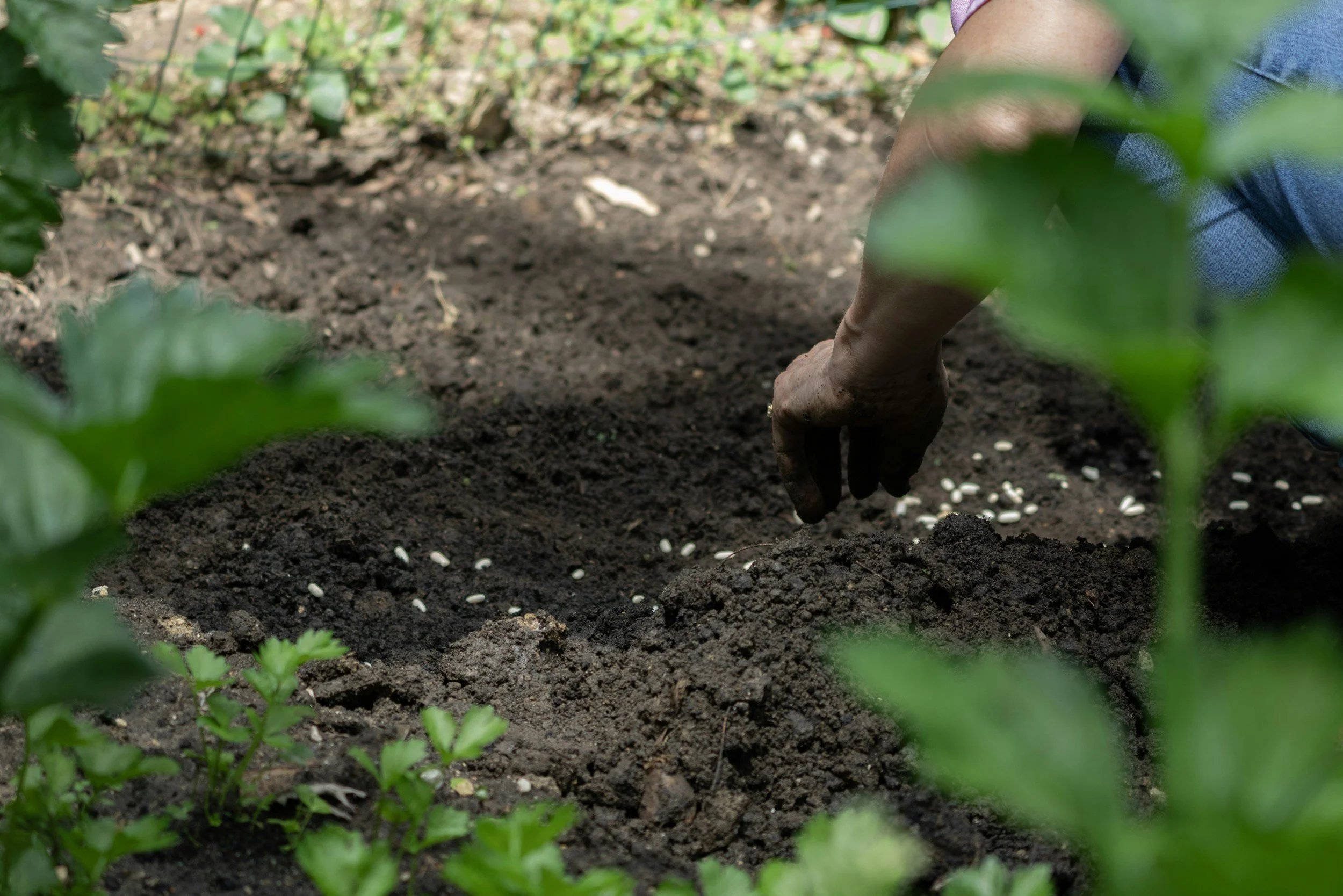






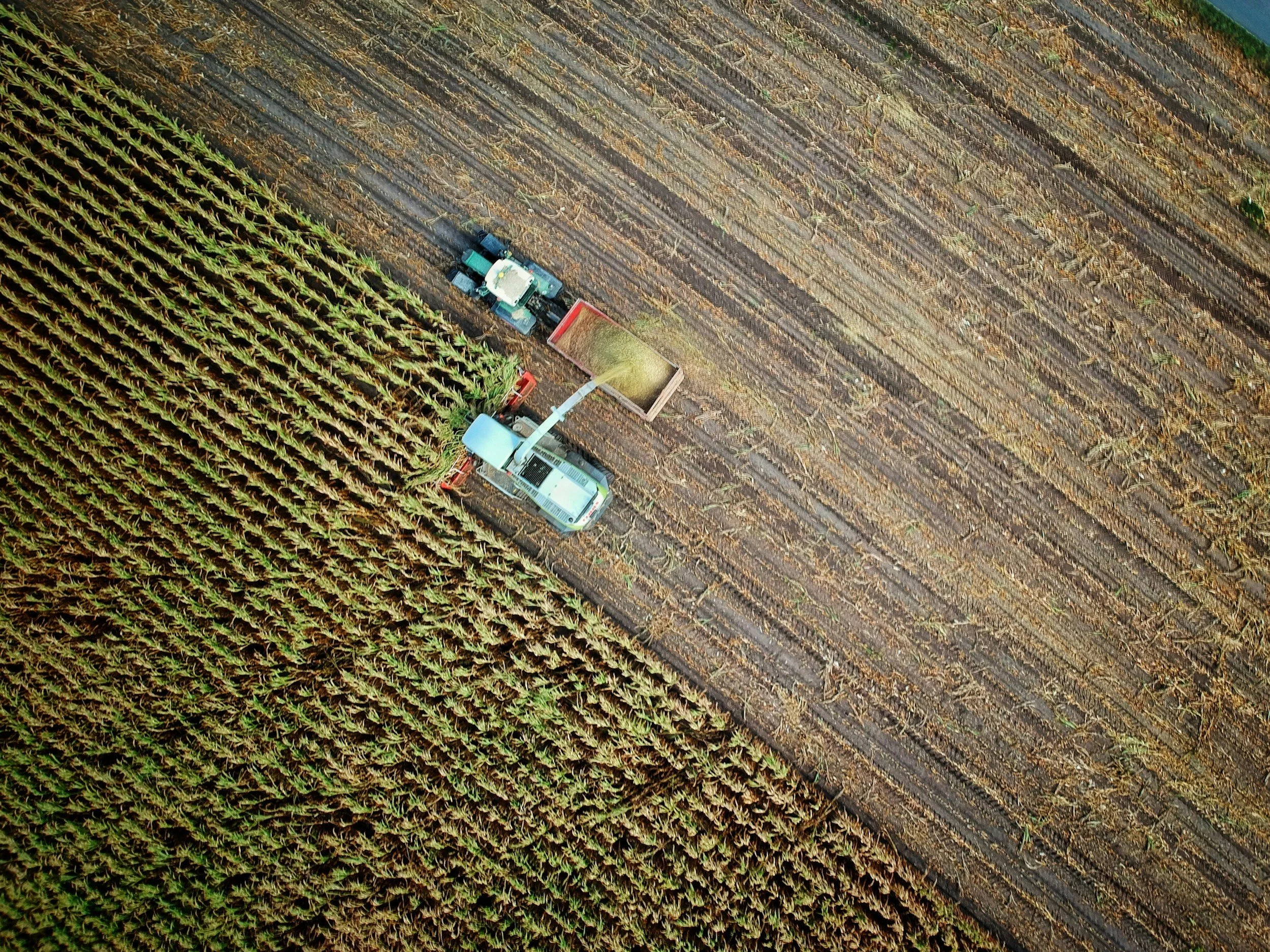












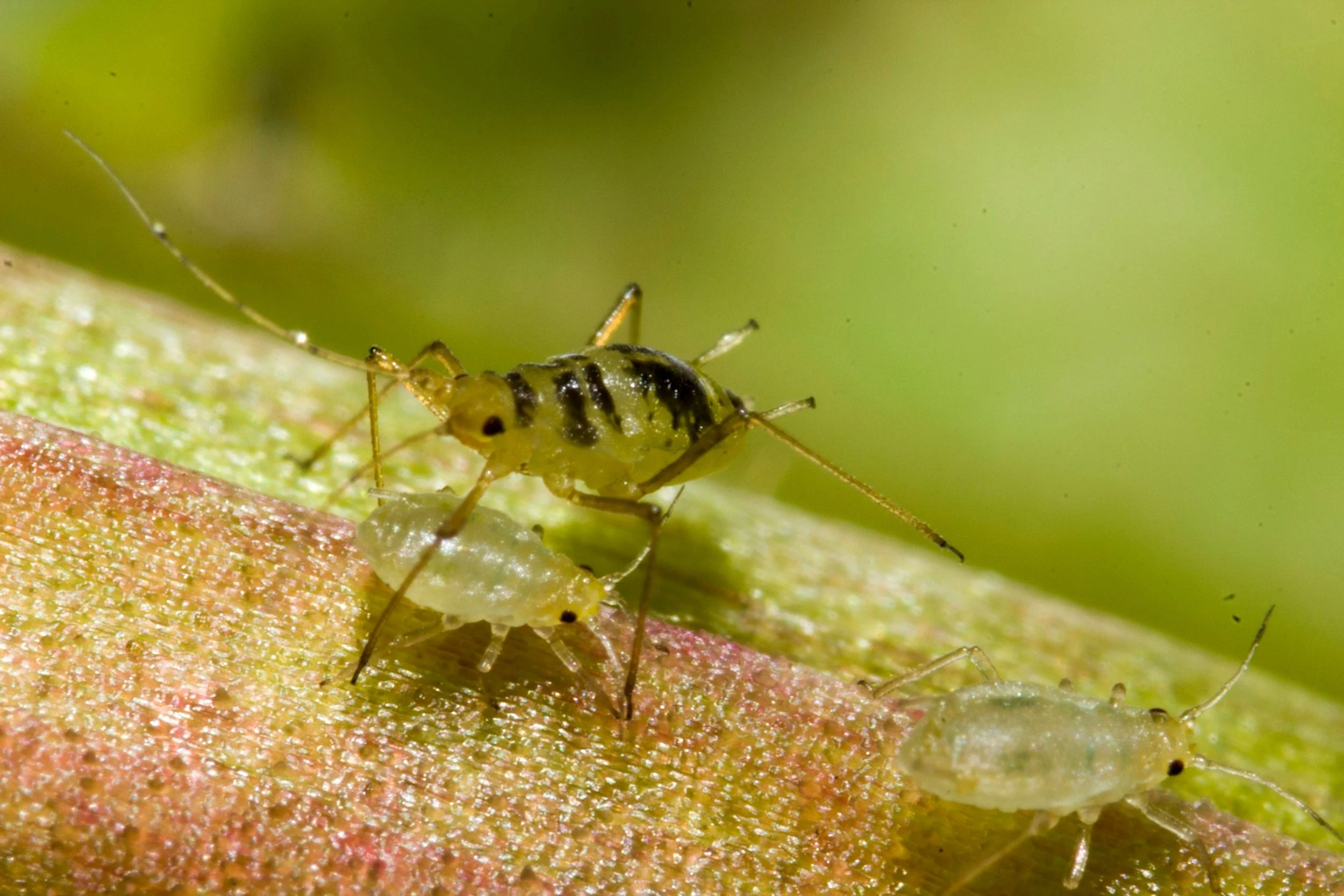







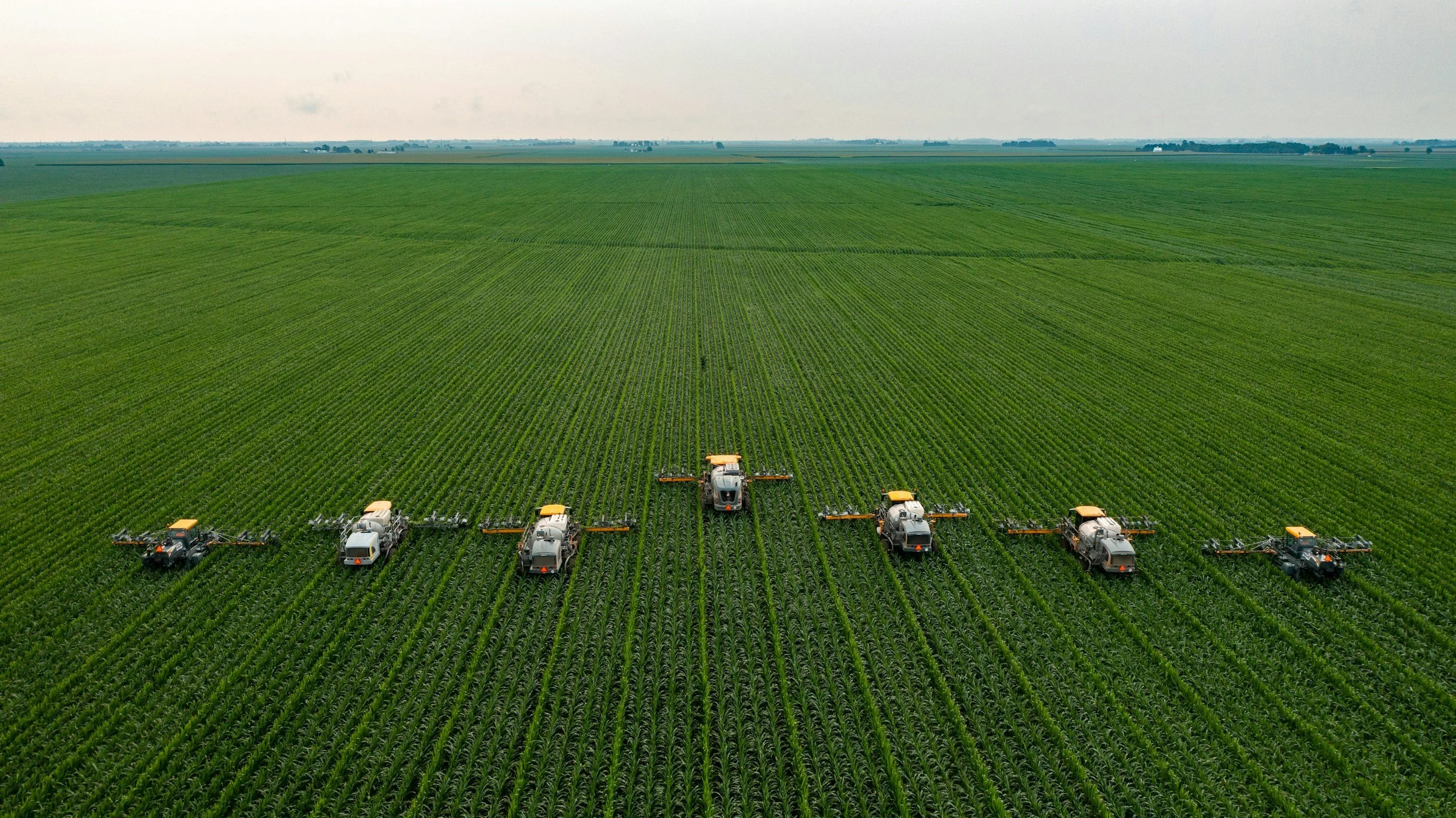



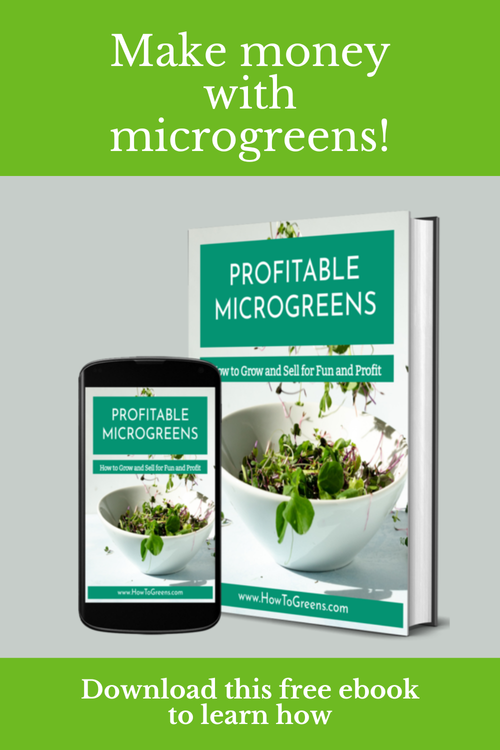
Can cutting down a tree benefit the environment? It sounds counterintuitive, but with thoughtful practices, tree removal can support healthy ecosystems. Several tree companies today prioritize sustainability to reduce environmental impact while ensuring safety.